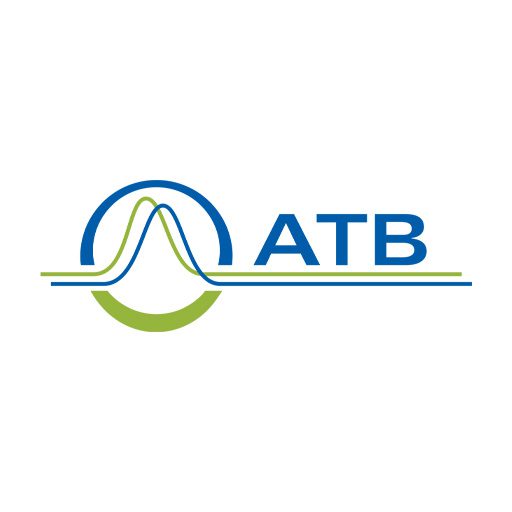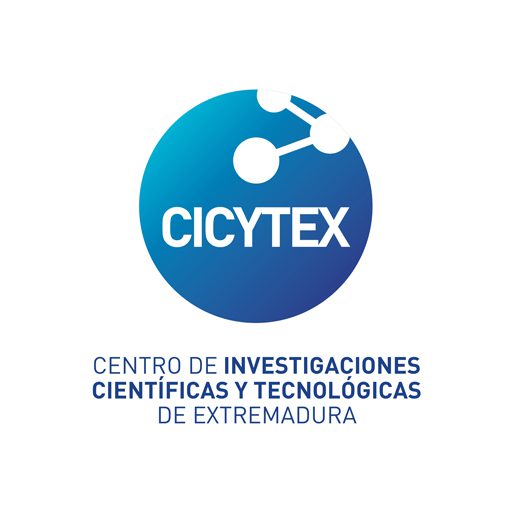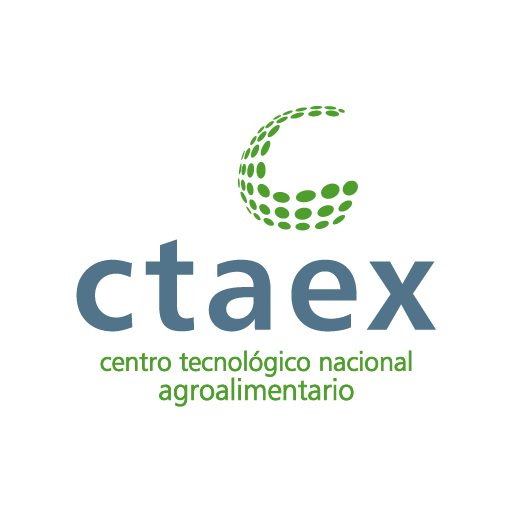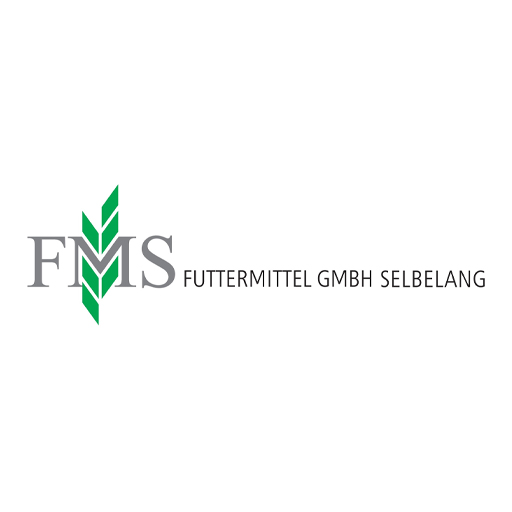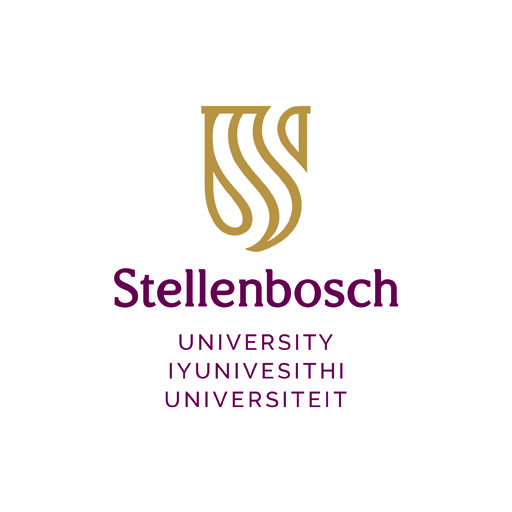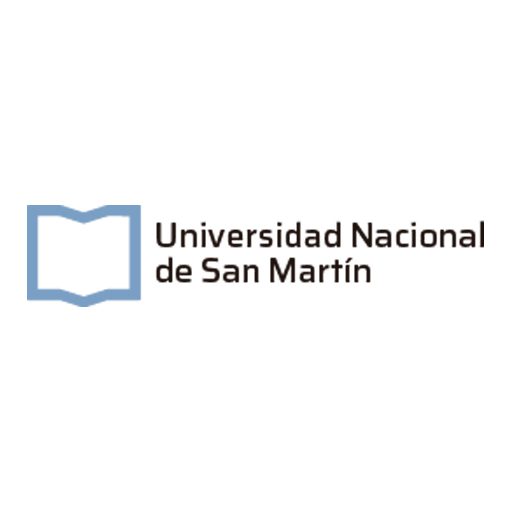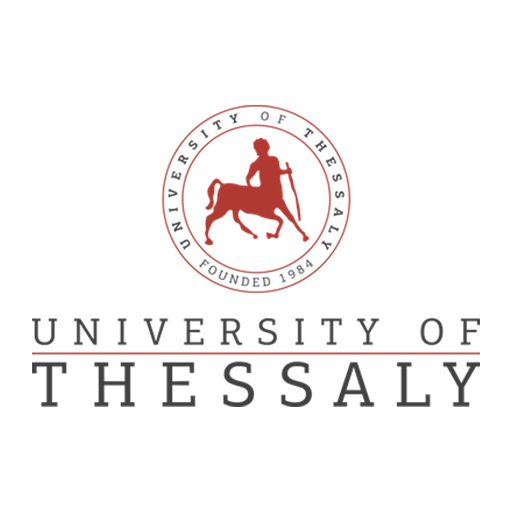MarginUp! is working closely with stakeholders to increase farming system resilience and enhance biodiversity by cultivating biodiversity-friendly non-food crops for bio-based products. Partners are identifying the available marginal land for low indirect land-use change, and specific biodiversity indicators to monitor ecosystem health while improving productivity.
MarginUp! is learning from seven case study sites around the globe, including Argentina and South Africa, and five full-scale use cases in Europe: Germany, Greece, Hungary, Spain, and Sweden. Through MarginUp!’s use case implementations, partners are looking to strike the right balance between productivity and ecosystem services to provide socioeconomic and environmental benefits simultaneously. The bio-based feedstocks cultivated on marginal lands will foster the development of new bio-based industries at the local and regional levels, providing low-carbon domestic supplies of bioenergy, organic fertilisers, construction, cosmetics, and more.
Objectives
Identify the most suitable feedstock options for different climates, farming systems, soil types, bio-based value chains
Demonstrate how marginal lands can be optimised for biomass production and biodiversity enhancement
Support the development of new sectors in the rural circular bioeconomy and increase farming system resilience
Share knowledge experiences to foster replication and uptake of practices to maximise project results
MarginUp! is creating a Replication Hub and Network to facilitate the dissemination and exploitation of project results. The Hub will be a one-stop shop for information containing handbooks, factsheets, videos, lessons learned, and further reports to support industries, farmers, and policy-makers in enabling sustainable circular feedstock production on marginal lands.
Extremadura, Spain
Location: Finca La Orden-Valdesequera, near the city of Coria
Current use/state: Low productivity cultivation of annual corn and tomato, poor soil quality, risk for desertification and abandonment.
MarginUp! alternative: Improving land use efficiency by including non-food crops such as hemp and kenaf into the existing field rotation strategy. The biomass produced will be employed on the production of construction panels (replacing products such as polystyrene) and residual streams will be used for the production of biogas and organic fertiliser, which is returned to the farm.
Replication potential: Mediterranean region, areas with comparable marginality attributes and climate conditions.
Benefits
Västerbotten and Norrbotten county, Sweden
Location: Öjebyn Agro Park in near the town of Piteå and a farm near the town of Skellefteå
Current use/state: Of climate reason few crop options. Unused or passively used agricultural land with risk to be abandoned, or planted with forest, which is negative for biodiversity.
MarginUp! alternative: Turnip rape – more resilient under harsh climates than oilseed rape - and incrop rotation contributes to the control of pests and diseases, provides resources for pollinators while at the same time promoting biodiversity. The biomass produced will be used for biodiesel production and by-products for biogas, and protein rich bio-products for animal feed.
Replication potential: Northern European countries, regions with comparable pedoclimatic soil attribute, such as, Estonia, Finland, Latvia, Lithuania, and Norway.
Benefits
Brandenburg, Germany
Location: Two fenland areas in the federal state Brandenburg: Havelländisches Luch and Rhinluch
Current use/state: Fenlands/wetlands that have been mostly drained for agricultural use, and are to be rewetted as part of Germany’s efforts to meet climate protection and greenhouse gas emission reduction goals.
MarginUp! alternative: Wet agriculture (for instance reed, cat tail and reed canary grass) on the rewetted peatlands provide new wildlife habitats and biomass for the production of sustainable growing panels for erosions protection and soil remediation, animal bedding and fuel pellets.
Replication potential: Drained peatlands (80 million hectares worldwide), -with naturally growing species depending on the climate zone and water availability.
Benefits
Western Macedonia Region, Greece
Location: Abandoned former lignite mine near the town Kozani
Current use/state: Severely degraded land that is no longer productive due to intensive and unsustainable use.
MarginUp! alternative: Introducing the cultivation of perennial woody species and indigenous herbs, fostering new sustainable local value chain. Wood feedstock will be used for producing medium density fiberwood (MDF) and bioenergy (pellets), blossoms for facial lotions and soaps, while herbs harvested, their biomass and residuals will be used in cosmetic industry. In addition, herbs or nectar will be used by local beekeeping cooperatives.
Replication potential: High replication potential in coal regions, in abandoned and in-transition lignite mines as well as in areas with comparable marginality attributes and climate conditions. Coal regions include those participating in the European Commission’s Platform for Coal Regions in Transition, such as Bulgaria, the Czech Republic, Germany, Greece, Hungary, Poland, Romania, Slovakia, Slovenia, and Spain.
Benefits
Southern Great Plain, Hungary
Location: Abandoned orchard close to the city of Kecskemét
Current use/state: Abandoned land with sandy soil characterised by low and decreasing ground water level, low nutrient content and retention capability.
MarginUp! alternative: Cultivation of herbaceous and woody crops for cascaded use in the circular oyster mushroom value chain. The biomass is turned into substrate to grow oyster mushroom, then the spent mushroom substrate is used as animal feed or biochemical feedstock, which after the leftovers are treated in biogas plant with returning the digestate to fields to close the nutrient loop.
Replication potential: Water stressed or scarce areas with high risk of desertification jeopardizing farmers’ income (such as regions in Southern Europe), with this proposed alternative a switch to more resilient production system is provided for crop, mushroom and animal farmers, too in a symbiotic way.
Benefits
Benefits
MarginUp!’s proposed alternative land uses offer various social, environmental, and economic benefits.
Biodiversity enhancement
Circular use of biomass
Replication potential
Improved soil quality and productivity
Water optimised production
New regional business models
GHG emissions reduction
Soil health

